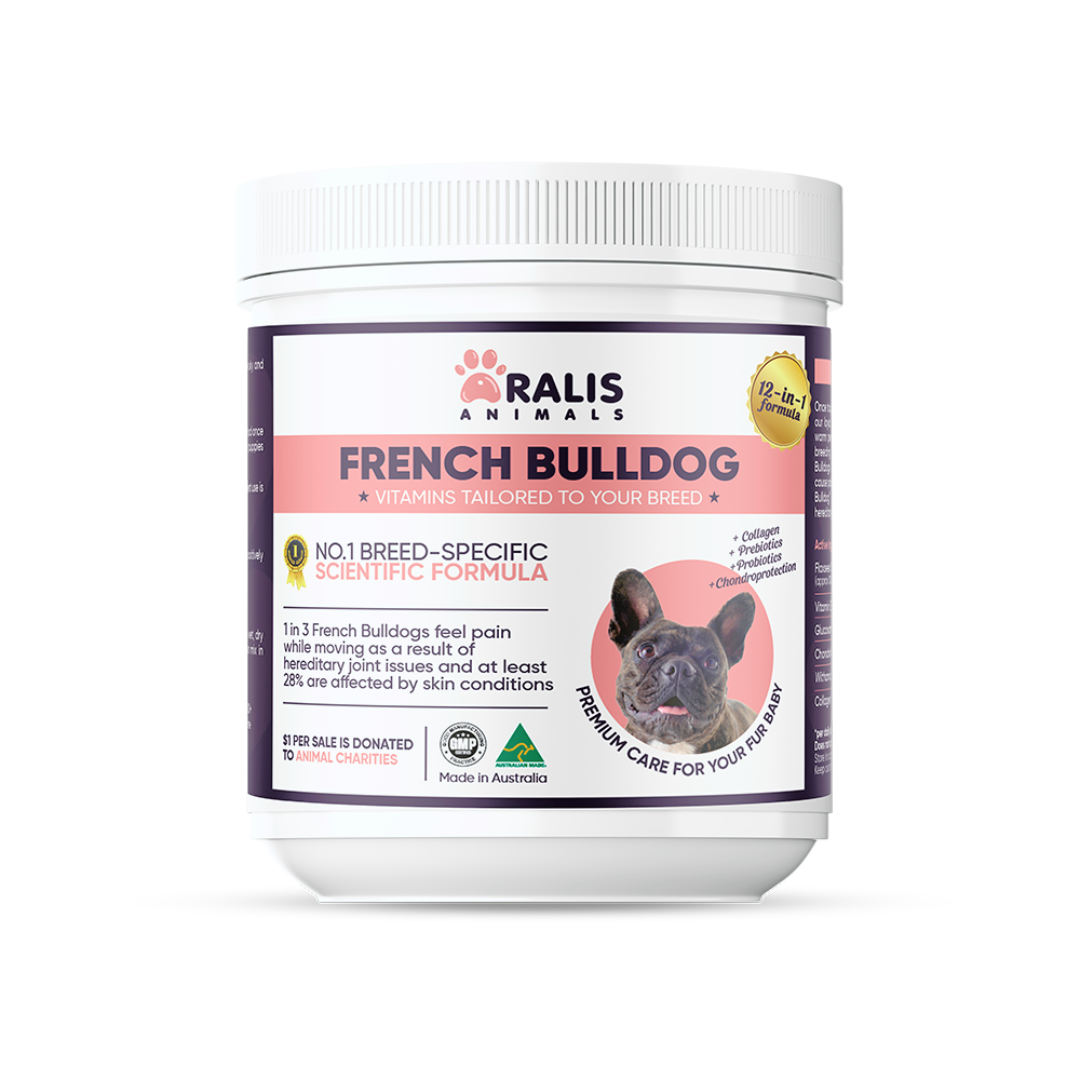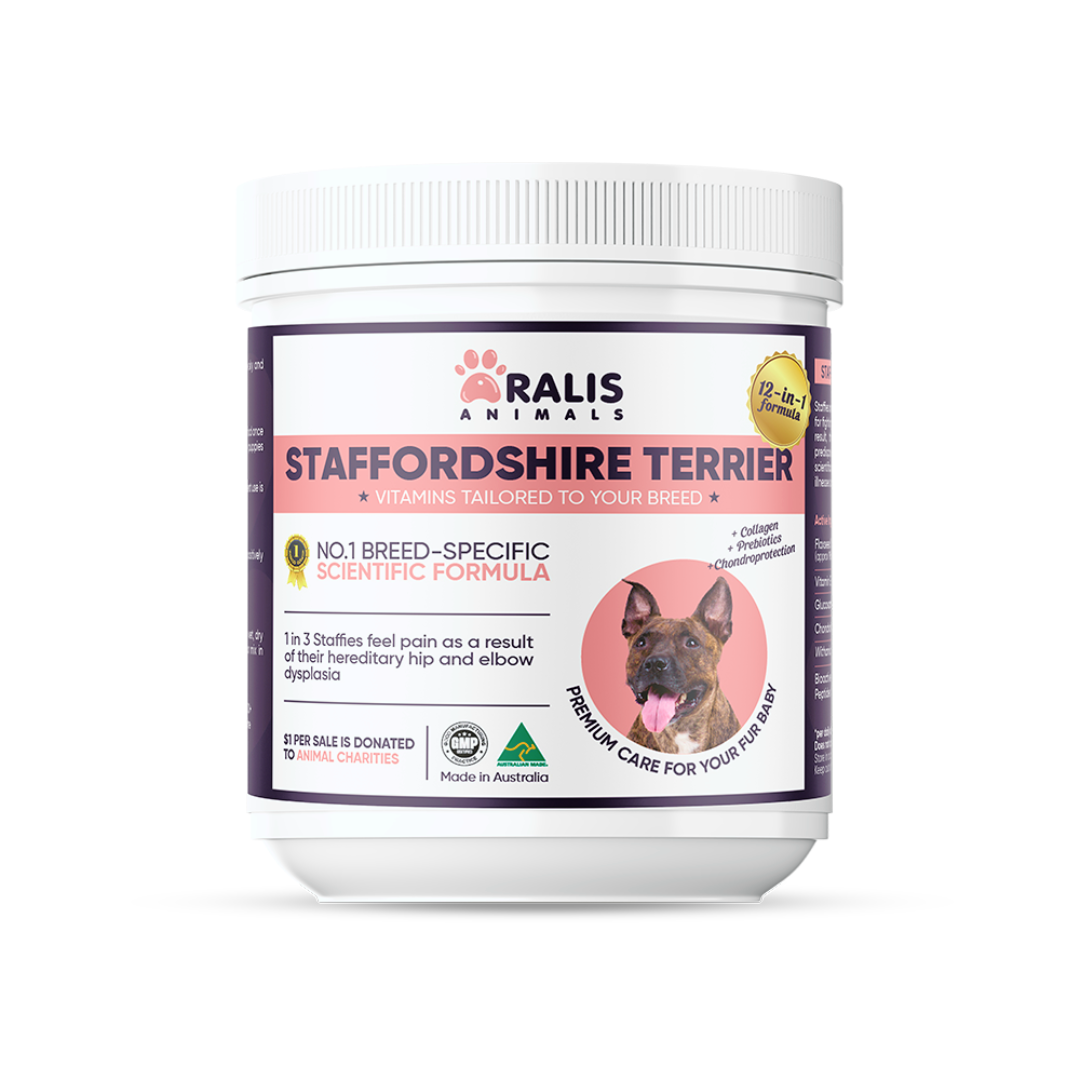Overcoming Canine Separation Anxiety: Your Guide to a Calmer, Confident Companion
As pet owners, we strive to provide our furry companions with the love, care, and attention they deserve. However, one common challenge many dog owners face is the issue of separation anxiety. Canine separation anxiety can be a distressing and complex condition, but with the right understanding and approach, it can be effectively managed.
What is Canine Separation Anxiety?
Separation anxiety in dogs is a behavioral disorder characterized by an intense fear or distress experienced by a dog when separated from their primary caregiver or a familiar environment. This condition can manifest in various ways, from destructive behaviors to excessive vocalization and even physical symptoms.
It's important to note that separation anxiety is not the same as a dog simply disliking being alone. While some dogs may prefer the company of their owners, separation anxiety goes beyond that, causing significant emotional and behavioral distress.
Signs and Symptoms of Separation Anxiety
Recognizing the signs and symptoms of separation anxiety is the first step in addressing the issue. Some common indicators include:
- Excessive barking, howling, or whining when left alone
- Destructive behaviors, such as chewing, scratching, or digging, often focused on entry and exit points
- Urinating or defecating in the home, even if the dog is house-trained
- Pacing, panting, or trembling when the owner prepares to leave
- Attempts to escape the home or confinement area
- Excessive drooling or salivation
- Loss of appetite or refusal to eat when left alone
These behaviors are often a manifestation of the dog's distress and anxiety, and it's crucial to address them promptly to prevent further escalation.
Causes of Separation Anxiety
Separation anxiety can have various underlying causes, including:
- Psychological factors: A dog's past experiences, such as abandonment, neglect, or traumatic events, can contribute to the development of separation anxiety.
- Environmental triggers: Changes in the dog's routine, household members, or living environment can trigger separation anxiety.
- Breed-specific predispositions: Some breeds, such as Labrador Retrievers, Cavalier King Charles Spaniels, and Vizslas, are more prone to developing separation anxiety.
Understanding the root causes of your dog's separation anxiety is crucial in developing an effective management plan.
Diagnosing Separation Anxiety
If you suspect your dog is experiencing separation anxiety, it's essential to seek professional guidance. A veterinarian or a certified animal behaviorist can conduct a thorough assessment to determine the severity of the condition and develop a personalized treatment plan.
During the diagnostic process, they may:
- Observe your dog's behavior and environment
- Gather information about your dog's history and daily routine
- Rule out any underlying medical conditions that could be contributing to the behavior
This comprehensive evaluation will help identify the specific triggers and factors contributing to your dog's separation anxiety, allowing for a more targeted and effective approach to management.
Treatment and Management Strategies
Addressing canine separation anxiety requires a multi-faceted approach, combining various techniques and interventions. Some effective strategies include:
- Behavioral modification: This involves gradually exposing your dog to short periods of separation, gradually increasing the duration to help them learn to cope with being alone.
- Training: Implementing positive reinforcement-based training, such as the "Alone Training" method, can help your dog associate being alone with positive experiences.
- Environmental enrichment: Providing your dog with engaging toys, puzzles, and activities can help distract them and reduce their focus on your departure.
- Calming aids: The use of pheromone diffusers, calming music, or natural supplements can help soothe your dog's anxiety.
- Professional interventions: In severe cases, working with a certified animal behaviorist or veterinary professional may be necessary to develop a comprehensive treatment plan.
It's important to note that addressing separation anxiety requires patience, consistency, and a tailored approach to your dog's individual needs. With the right strategies and support, many dogs can overcome their separation anxiety and live a more relaxed and fulfilling life.
Medication and Supplement Options
In some cases, veterinary-prescribed medications or natural supplements may be recommended as part of the treatment plan. These can help manage the physiological and emotional aspects of separation anxiety, allowing your dog to be more receptive to behavioral modification and training.
Veterinary-prescribed medications may include anti-anxiety drugs, antidepressants, or sedatives. It's crucial to work closely with your veterinarian to determine the appropriate medication and dosage, as well as to monitor any potential side effects.
Natural supplements, such as calming herbs, pheromones, or supplements containing L-theanine or melatonin, can also be beneficial in supporting your dog's overall well-being and reducing anxiety. These options may be used in conjunction with other management strategies.
Prevention and Long-Term Management
While separation anxiety can be effectively managed, prevention and long-term management are key to ensuring your dog's continued well-being. Some strategies include:
- Early socialization: Exposing your dog to a variety of people, animals, and environments from a young age can help build their confidence and resilience.
- Consistent training: Reinforcing positive behaviors and establishing a predictable routine can help your dog feel more secure and less anxious when left alone.
- Creating a supportive environment: Providing your dog with a comfortable, enriching space and access to familiar items can help them feel more at ease when you're away.
By addressing the root causes of separation anxiety and implementing a comprehensive management plan, you can help your furry companion overcome this challenge and enjoy a more fulfilling and stress-free life.
Conclusion
Canine separation anxiety is a complex issue that can be deeply distressing for both dogs and their owners. However, with the right understanding, tools, and support, it is possible to help your dog overcome this condition and thrive in your absence.
Remember, every dog is unique, and what works for one may not work for another. Be patient, work closely with your veterinary and training professionals, and be willing to try different approaches until you find the one that best suits your dog's needs. With dedication and compassion, you can help your beloved companion conquer their separation anxiety and enjoy a happier, more confident life.





